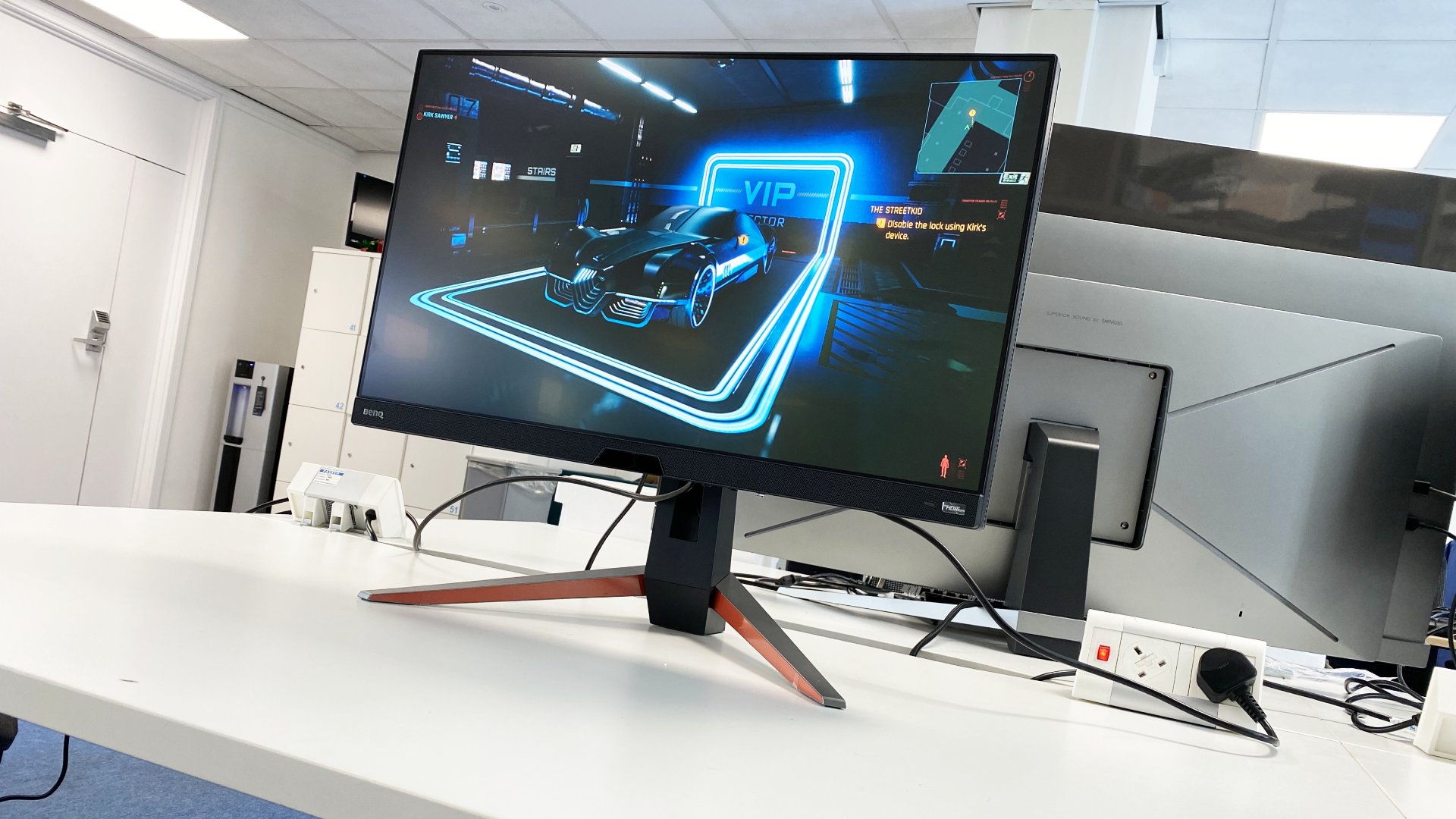Our Verdict
BenQ's latest gaming monitor ticks an awful lot of our boxes. We love the combination of 1440p res on a quality IPS panel with 240Hz and excellent pixel response. But it's simply too expensive compared to the near-identical competition.
For
- Fab 1440p IPS panel
- Really zippy response
- 240Hz refresh
Against
- Simply too expensive
- Limited HDR support
PC Gamer's got your back
Another day, another 27-inch high-refresh 1440p gaming panel. Today's muse is the new BenQ Mobiuz EX270QM, superficially a dead ringer for the Alienware AW2723DF we perused recently.
The Alienware will do 280Hz while this BenQ tops out at a 'mere' 240Hz.
Both are premium 27-inch IPS panels with 1ms claimed response and DisplayHDR 600 certification. The main differentiator, on paper at least, is that the Alienware will do 280Hz while this BenQ tops out at a 'mere' 240Hz.
Well, that and pricing. This BenQ is actually the costlier of the two, currently weighing in around the $700 mark. Both are fairly new models with some likely shiny-shiny premium features attached. Pricing hasn't fully settled down, but we suspect it will be pretty close between the two in the long run.
Anyway, aside from those highlights the BenQ Mobiuz EX270QM is rated at 600 nits peak brightness and is claimed to be good for 98% coverage of the DCI-P3 gamut, which is pretty impressive.

Screen size: 27-inch
Resolution: 2560 x 1440
Brightness: 600 nits peak
Response time: 1ms
Refresh rate: 240Hz
Viewing angle: 178° H&V
Contrast ratio: 1000:1
Features: IPS panel, 98% DCI-P3, Freesync Premium Pro, NVIDIA G-SYNC Compatible, 1x DisplayPort 1.4, 2x HDMI 2.1, USB hub, RGB lighting
Price: $699 | £709
Oh, and while local dimming is in the feature set, it's of the edge-lit variety. BenQ doesn't quote the number of zones, but we'd be very surprised if it wasn't exactly the same 16 zones as the Alienware's panel.
So, we're not talking about true HDR capability courtesy of proper full-array local dimming. It's more of a checkbox feature to enable HDR 600 certification than a useful technology for improving HDR performance. So it goes with current HDR certification. The first few rungs on the ladder aren't truly HDR capable, if we're honest.
As for connectivity, there's DisplayPort 1.4 and a pair of HDMI 2.1 sockets. The latter two are another differentiator from the Alienware in that they support the panel's maximum 240Hz refresh. The Alienware's HDMI 2.0 connections top out at 144Hz, meaning you have to stick to DP if you want the full 280Hz experience on it.

Elsewhere, there's some token RGB lighting on the rear of the chassis plus an integrated 2.1 speaker system with a 5W subwoofer, which is a little unusual. So, too, is the bundled IR remote control. The remote is something of a BenQ signature feature that possible goes a little way towards justifying the relatively elevated overall pricing. But only a little.
Speaking of the chassis, it conforms to the same design ethic BenQ has favoured for its Mobiuz panels for a while now. The rear of the panel enclosure looks pretty slick, but the forward view, with its fairly hefty chin, is a touch dated. Certainly, the Alienware AW2723DF looks more contemporary and feels more expensive despite actually costing less.
So, can this BenQ justify that pricing in terms of image quality and the gaming experience? It certainly makes a strong initial impression. While it's really very similar to the Alienware in most regards, it offers slightly punchier and cleaner white tones. It really is very nicely calibrated out of the box.
Like the Alienware, it's also a relief to report that this monitor does a very good job of rendering SDR content when running in DisplayHDR 600 mode. Until recently, most monitors absolutely mangled SDR content in HDR mode, forcing you to jump back and forth between modes depending on whether you were, say, browsing the web or playing an HDR game.
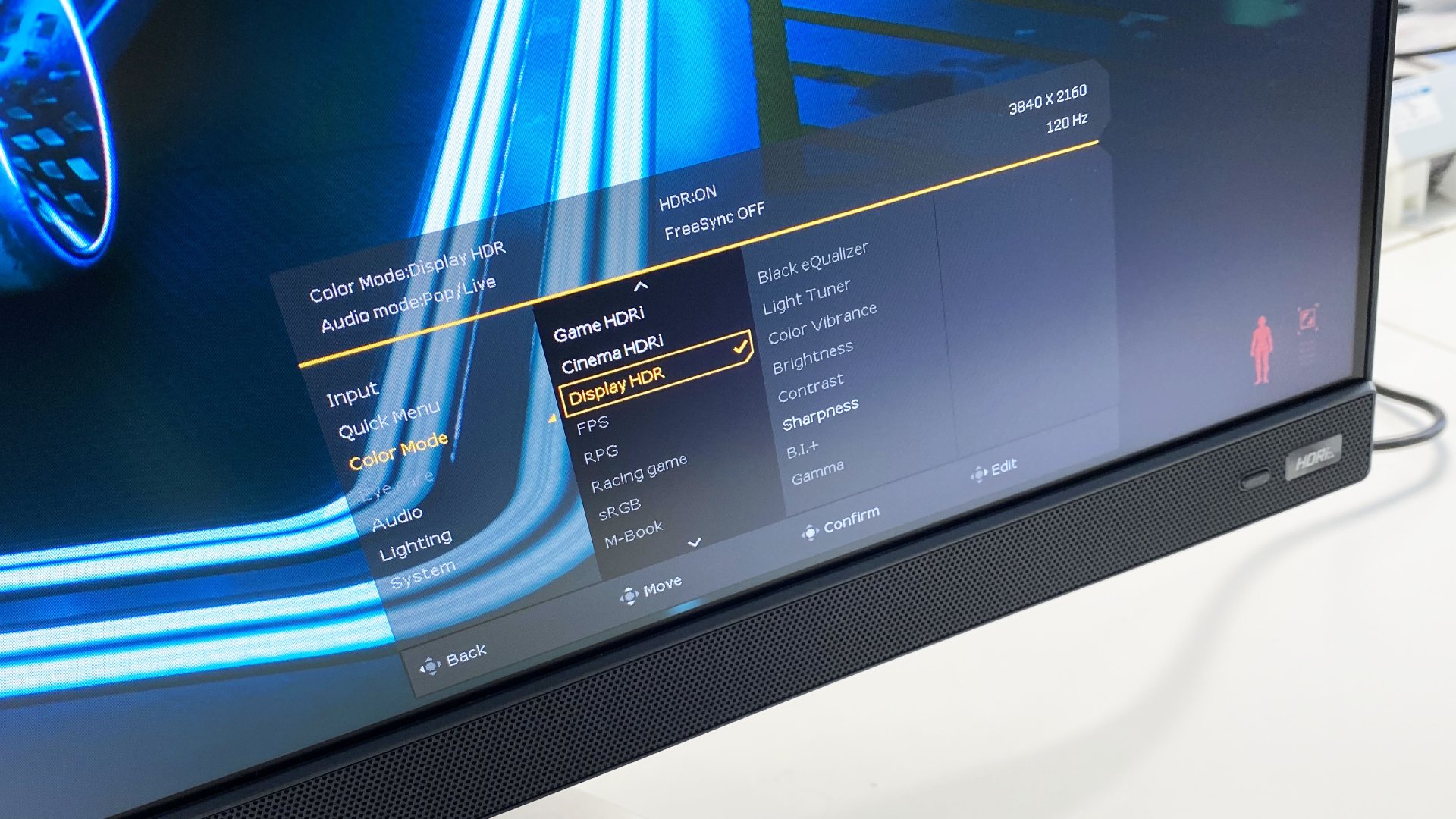
First world problems and all that. But it's no longer beyond the wit of man to have a monitor that renders both SDR and HDR content correctly in a single mode. Happily both that Alienware panel and this BenQ competitor achieve just that.
Of course, the HDR experience isn't absolutely the real deal, not with an IPS panel and a few edge-lit dimming zones. Spool up an HDR supporting game, such as The Witcher 3 or Cyberpunk 2077, and the bright highlights certainly sizzle. The problem is the panel leaks light at the other end of the scale, washing out black tones and making them rather flat and gray.
Just like the Alienware, we can't help thinking a glossier anti-glare coating would help with perceived contrast and reduce the sense of washed-out black tones. But for this type of display, the HDR experience is about as good as it gets.
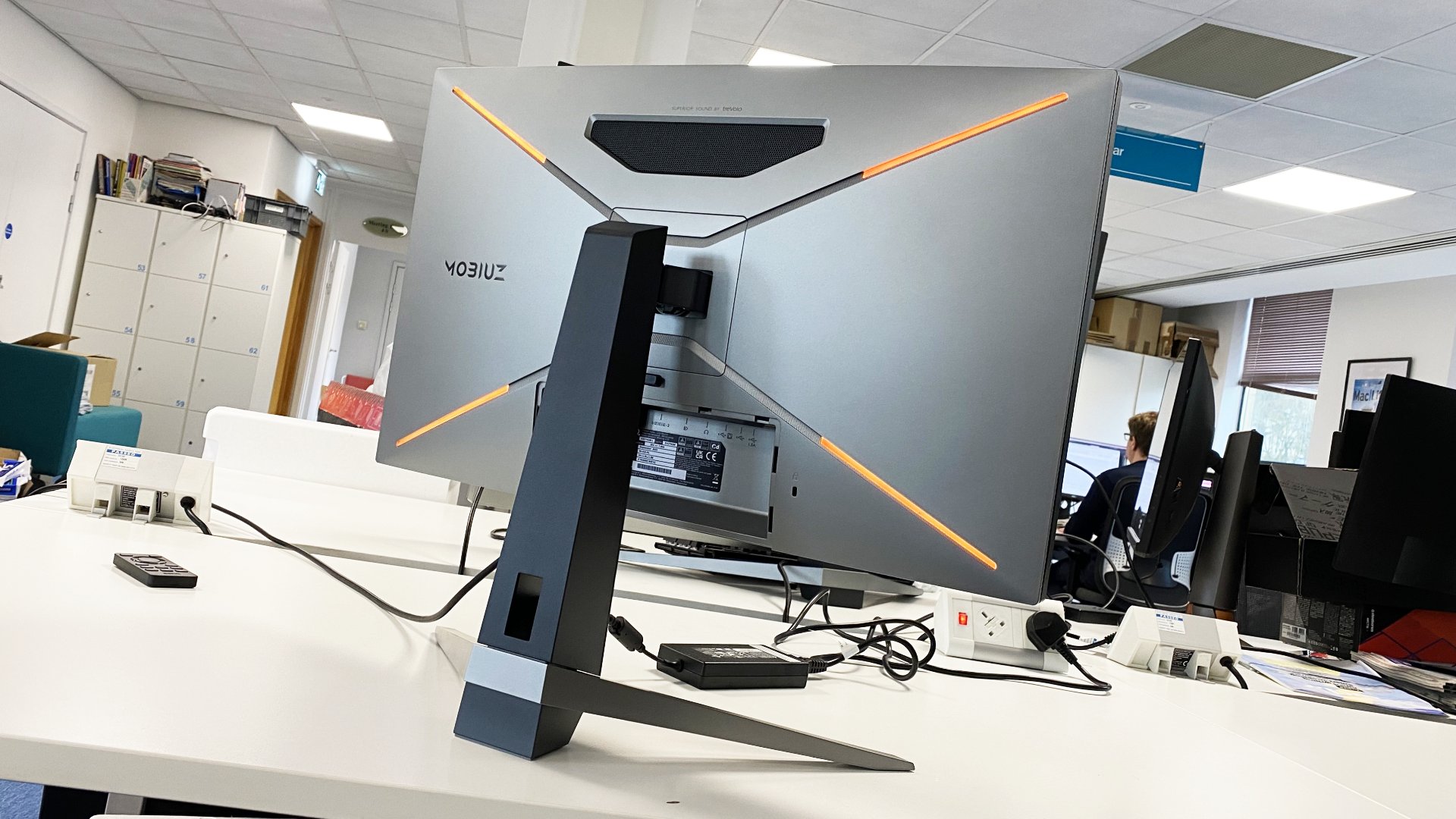
The 2560 by 1440 resolution is, of course, a major highlight. It's so much more detailed than 1080p but at the same time won't batter your frame rates like 4K. Surprising to say, but even here in 2023 1440p remains something of a sweetspot.
Speaking of frame rates, the 240Hz refresh is the main attraction here. Frankly, it's beyond us to feel the difference between 240Hz and the competing Alienware's 280Hz capability. Both panels feel hyper responsive to me.
Frankly, it's beyond us to feel the difference between 240Hz and the competing Alienware's 280Hz capability.
When it comes to speed, the BenQ's one oddity involves pixel overdrive. Search as we might, we cannot find any user-configurable pixel overdrive settings. Typically, a panel's response time spec (in this case 1ms) relates to the fastest overdrive mode. Whatever, as IPS monitors go, this thing is ultra quick with really minimal blurring as you whip the mouse around in your favourite shooter. It's about as good as IPS LCD tech gets for response
There's virtually no overshoot, either. Admittedly, OLED monitors are even faster. But for our money, it's lighting control, contrast, and black levels where you really notice the difference compared to OLED tech. The pixel response and blurring delta between a quick IPS monitor like this and an OLED gaming panel is relatively subtle, subjectively speaking.
For what it's worth, that 2.1 audio system with its 5W subwoofer certainly delivers better sound than the tinny, pathetic excuses for speakers that most monitors serve up. That said, the outright volume levels and dynamic range are still pretty limited. If you remotely care about sound quality you'll still want to use some decent cans or grab a dedicated speaker system.
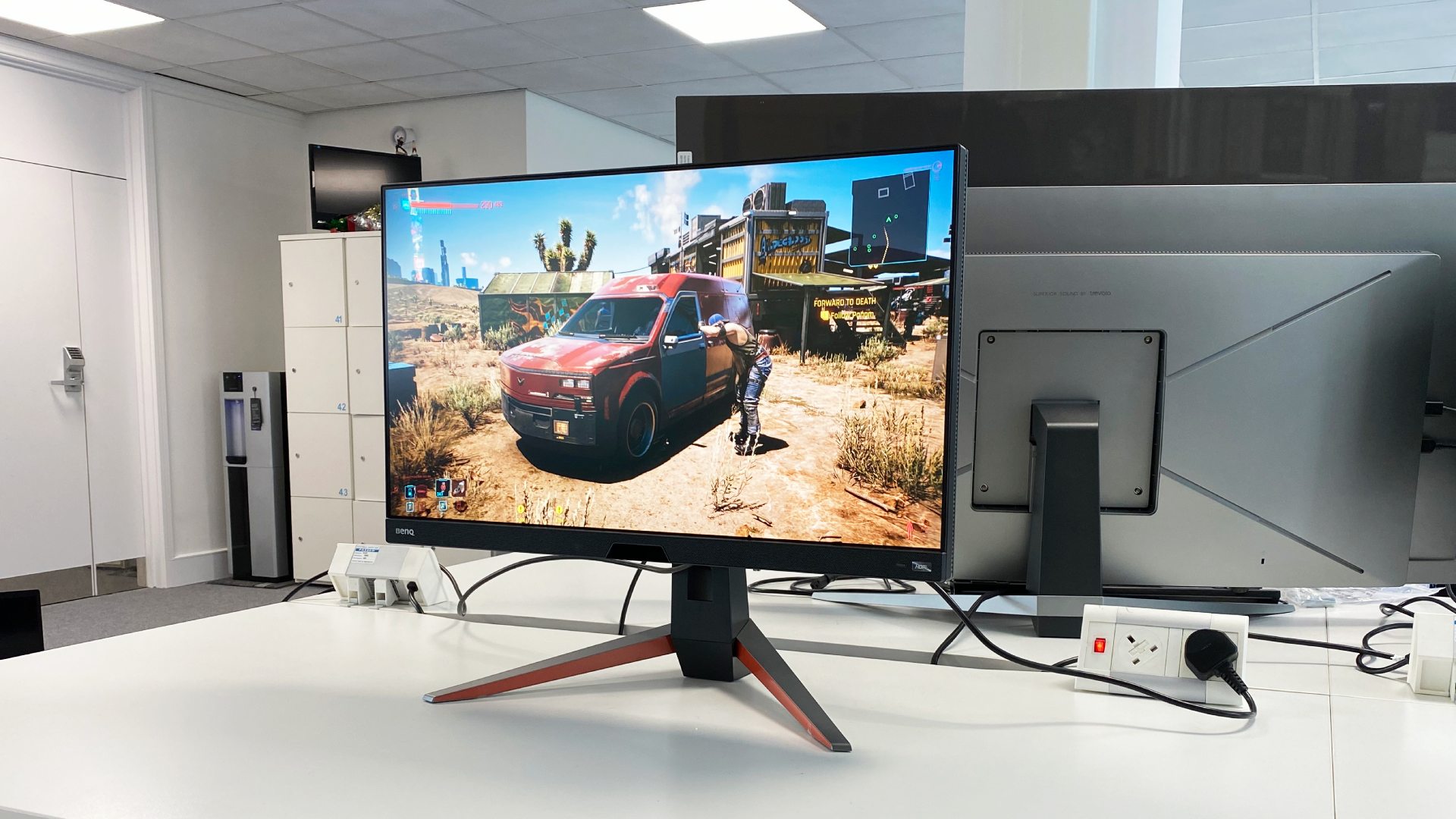
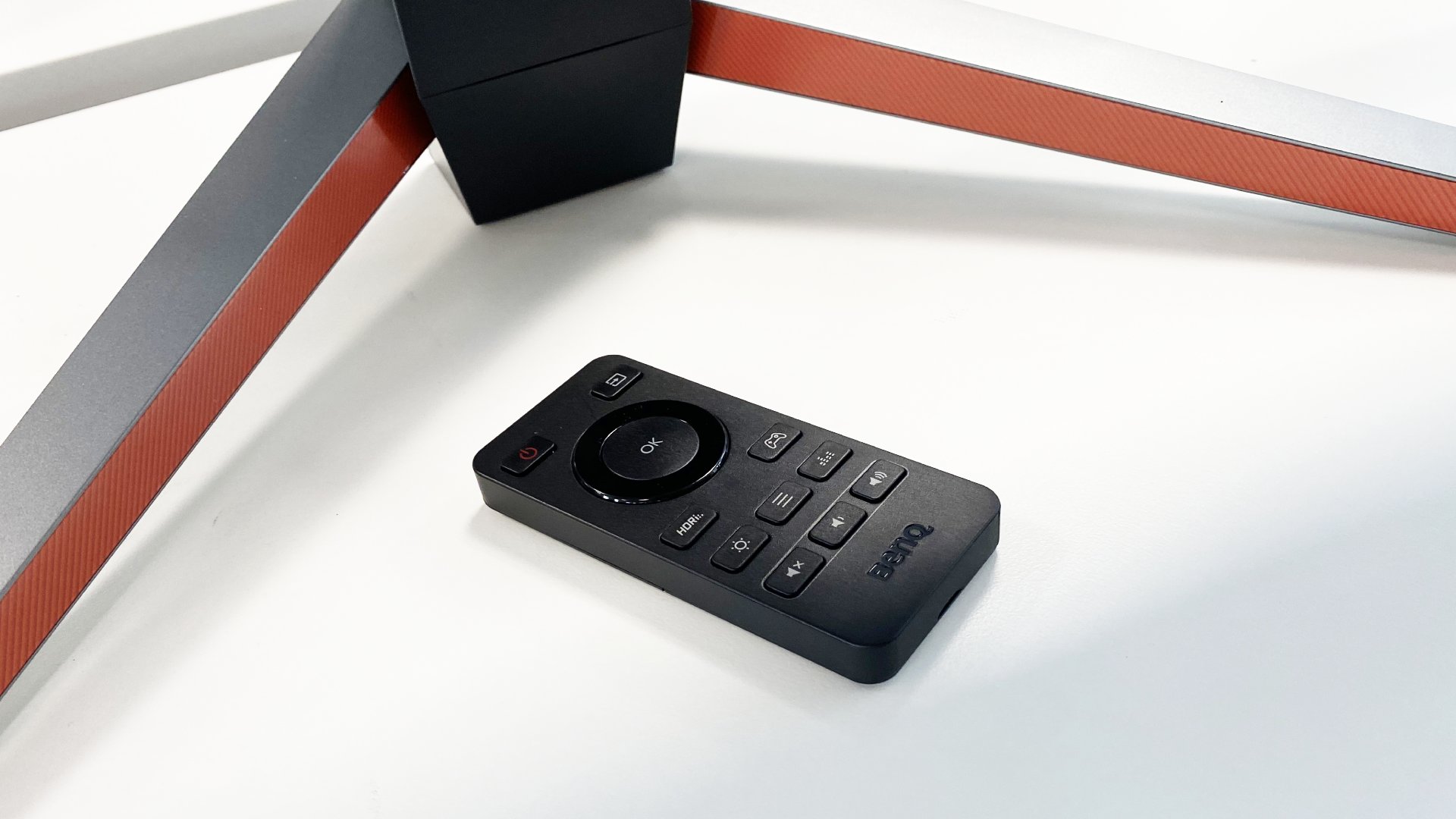
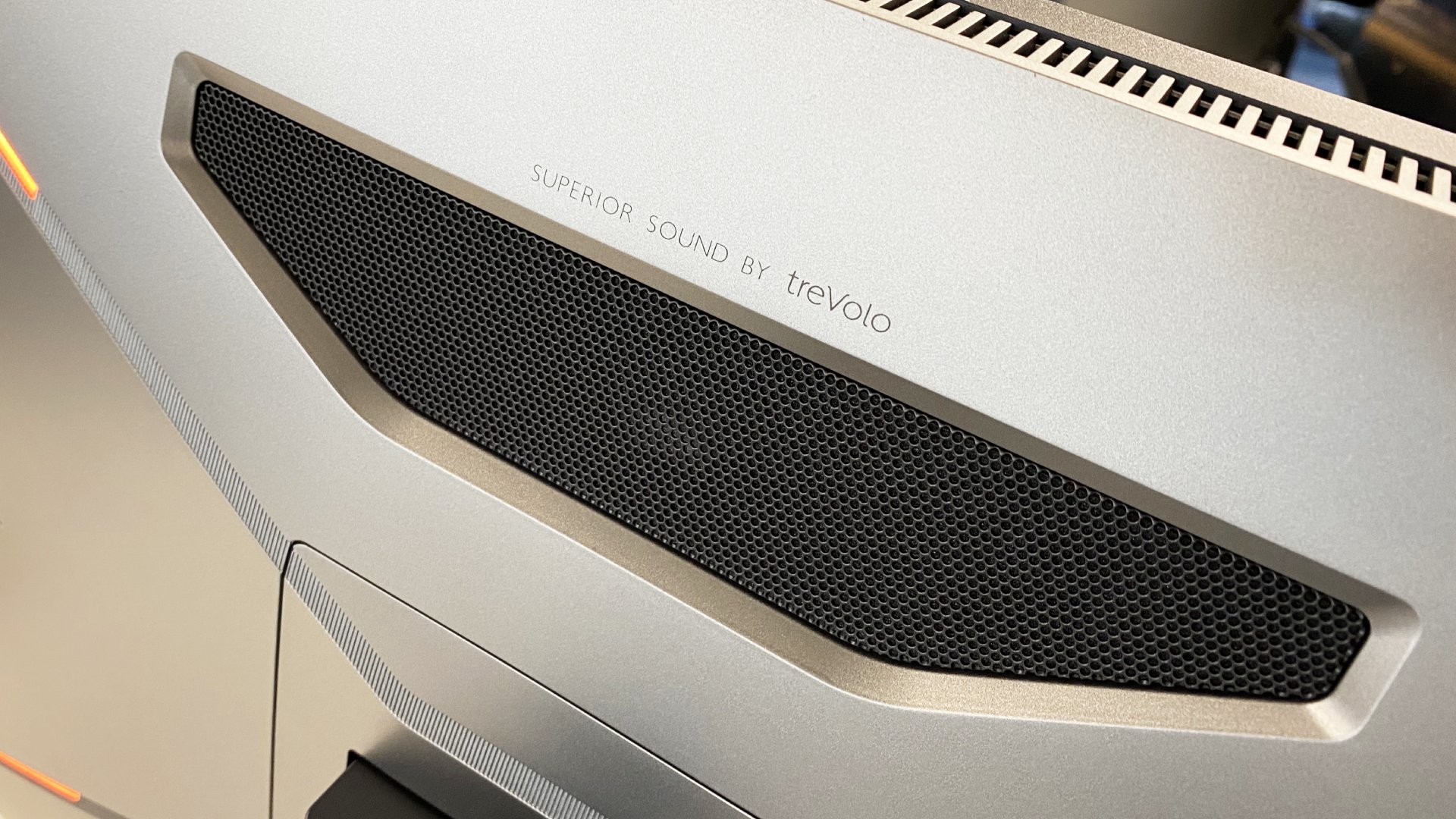
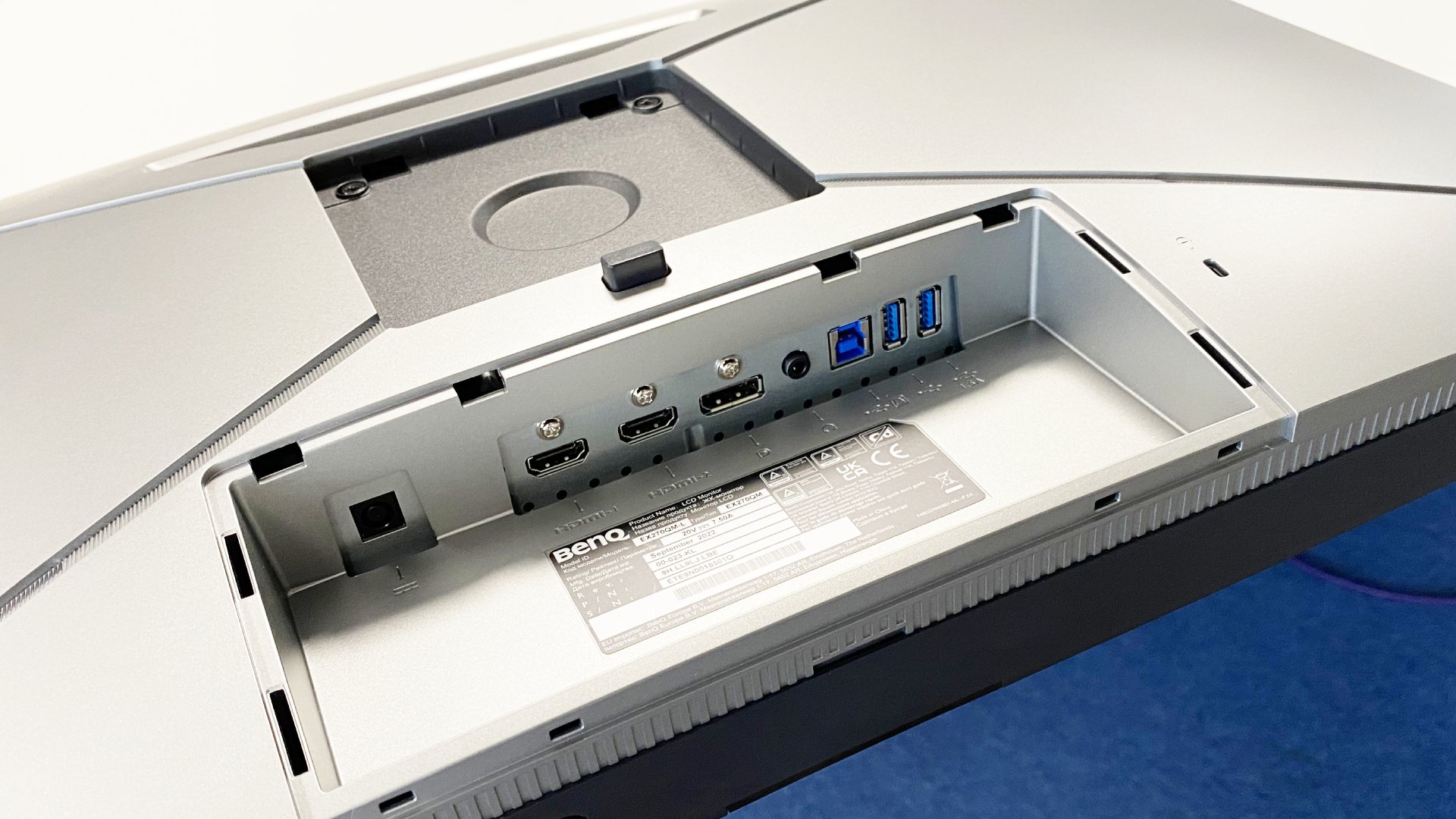
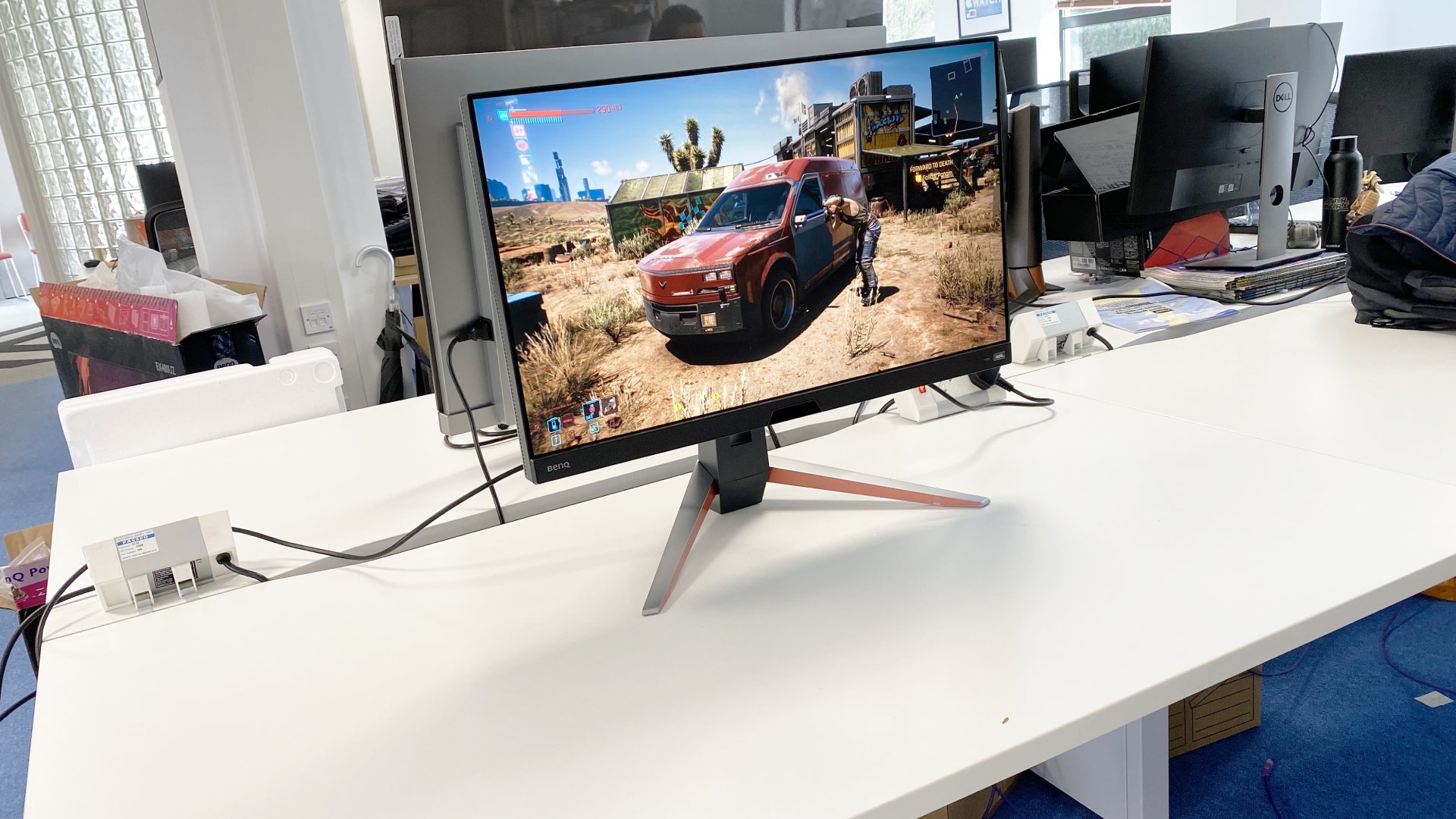
So, what to make of the BenQ Mobiuz EX270QM? It's an excellent monitor of it's type. If anything, we slightly prefer its calibration to the Alienware AW2723DF, but it's a very, very close call. Both are excellent gaming panels—fast, sharp, punchy, the works.
The problem with this BenQ, then, is price. It's more expensive than the Alienware but gives you very little in return, especially if the IR remote and speakers don't swing it for you. Indeed, at this price point, the $900 non-G-Sync version of Alienware's 34-inch OLED monitor feels worryingly proximate.
Of course, a decent 1440p monitor running at 144Hz rather than 240Hz can likewise be had for half the money. Ultimately, if you value the extra refresh, we'd favor the Alienware 280Hz 1440p alternative, as good as this BenQ panel is. The Alienware is cheaper but delivers essentially the same gaming experience. With a price adjustment, however, the BenQ Mobiuz EX270QM would absolutely be worthy of your consideration. It's a fantastic gaming panel. It's just priced a little too high right now.
BenQ's latest gaming monitor ticks an awful lot of our boxes. We love the combination of 1440p res on a quality IPS panel with 240Hz and excellent pixel response. But it's simply too expensive compared to the near-identical competition.

Jeremy has been writing about technology and PCs since the 90nm Netburst era (Google it!) and enjoys nothing more than a serious dissertation on the finer points of monitor input lag and overshoot followed by a forensic examination of advanced lithography. Or maybe he just likes machines that go “ping!” He also has a thing for tennis and cars.
